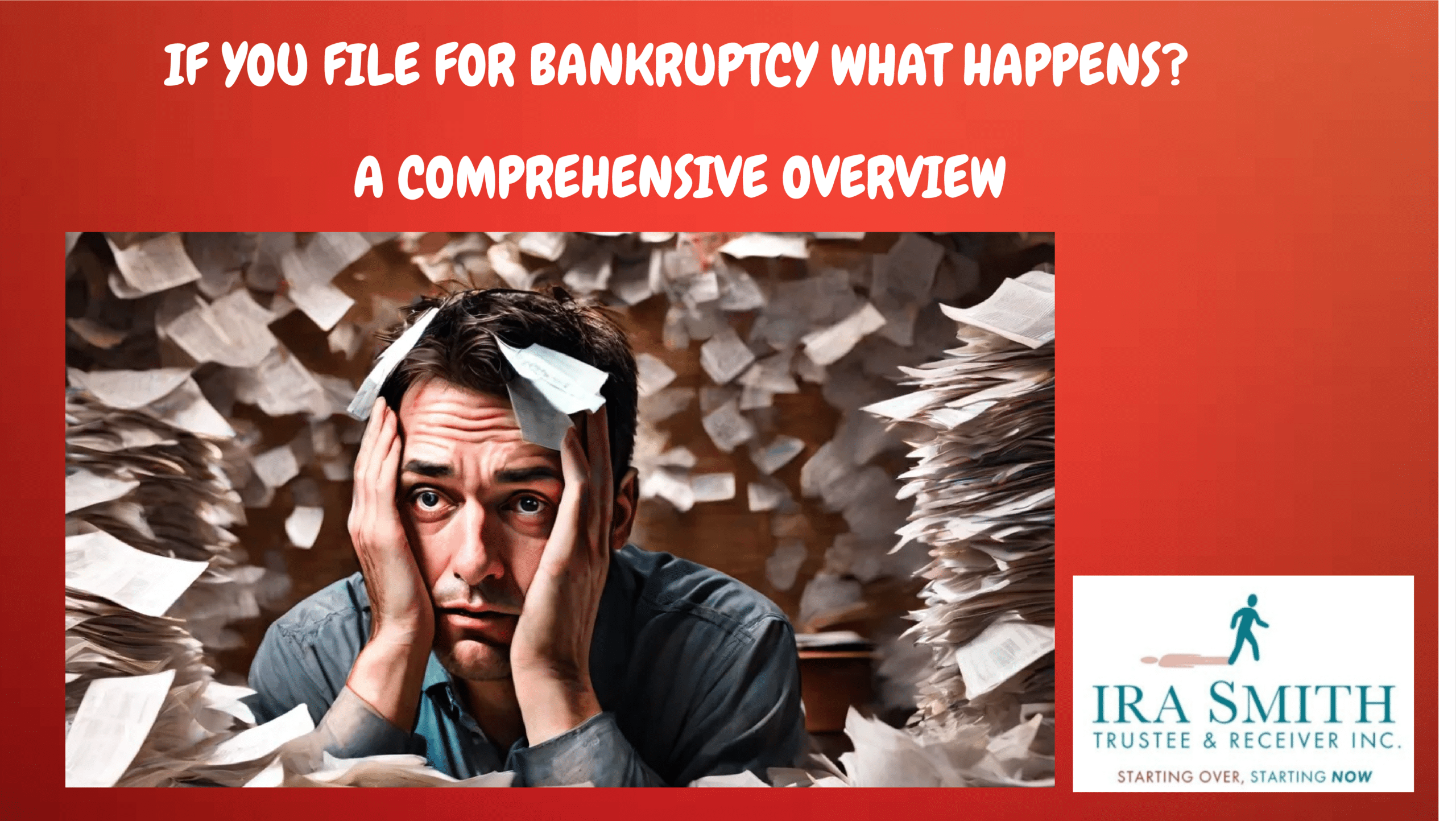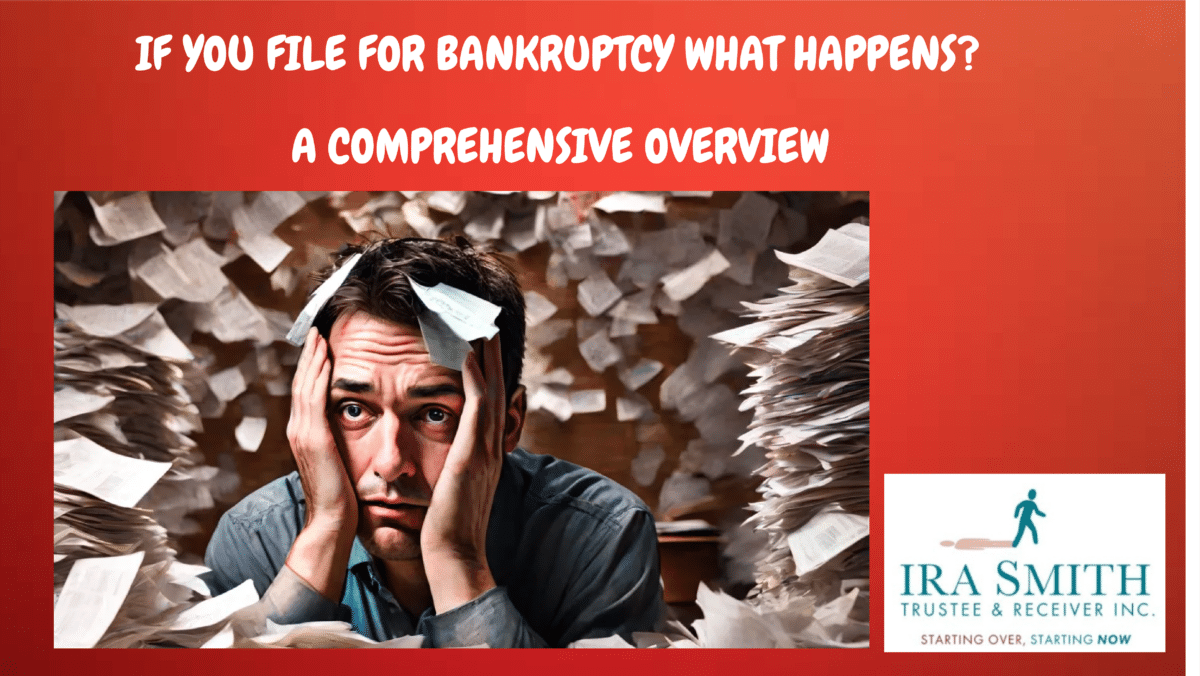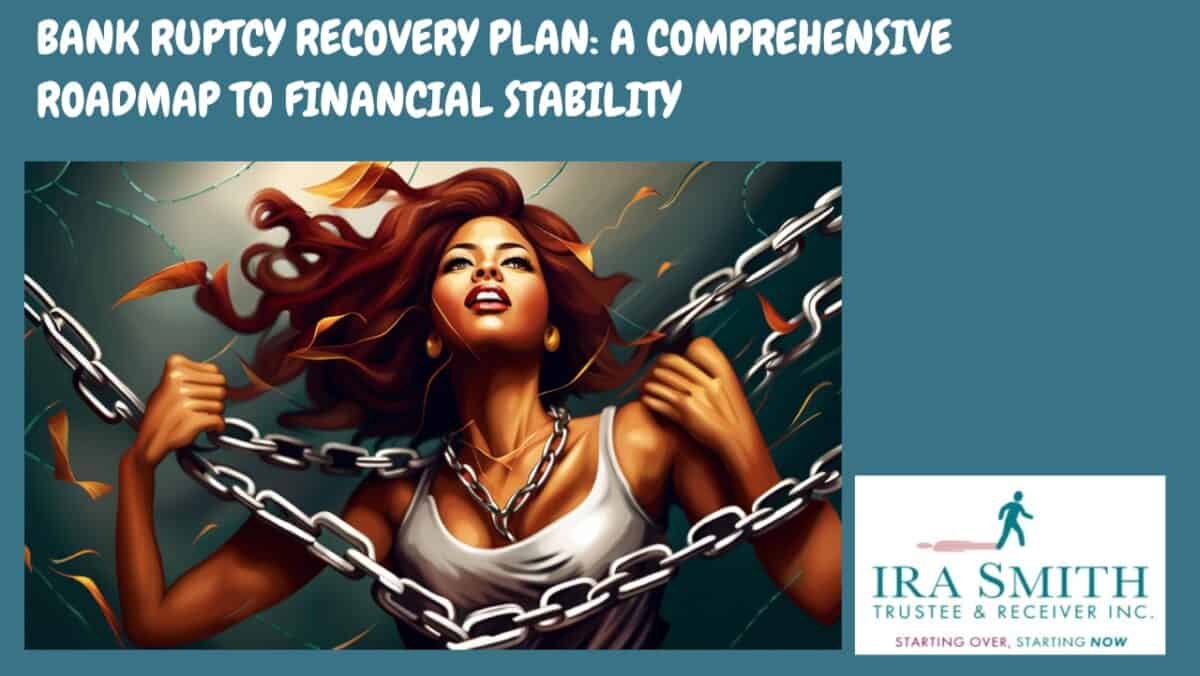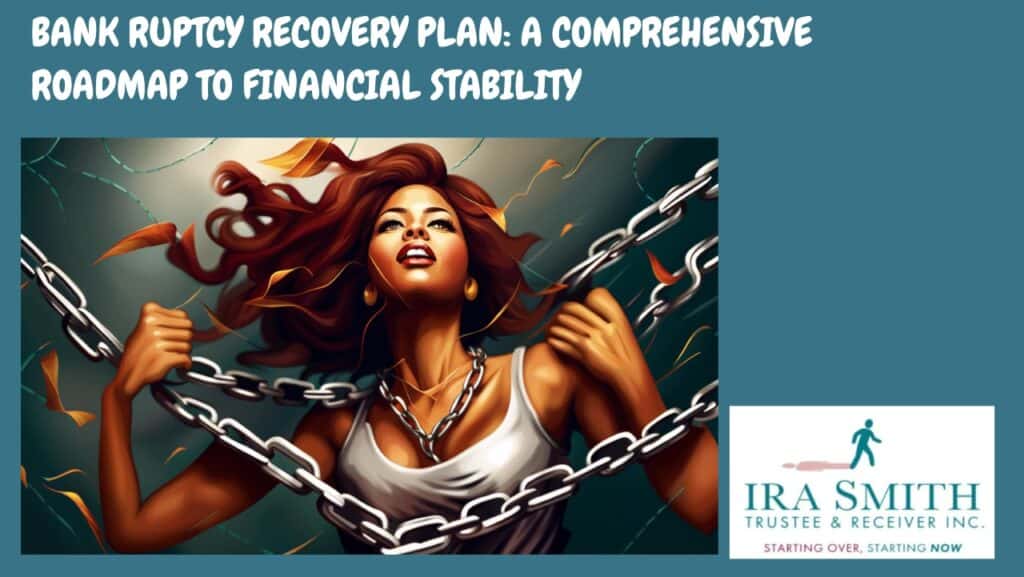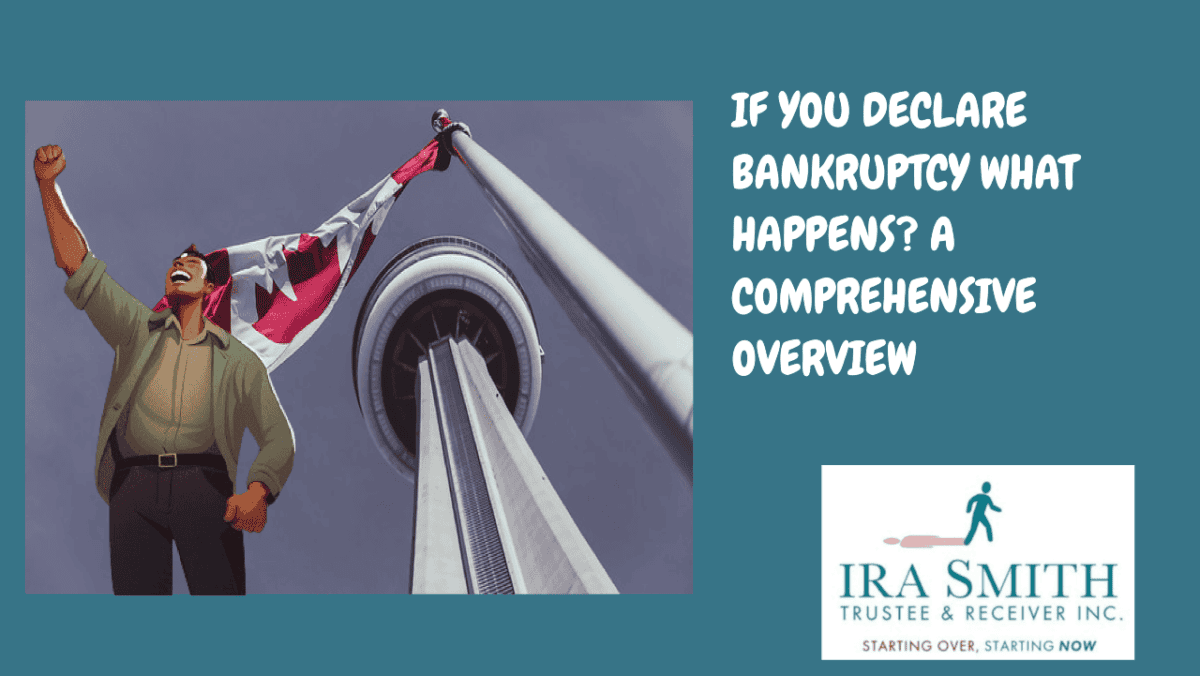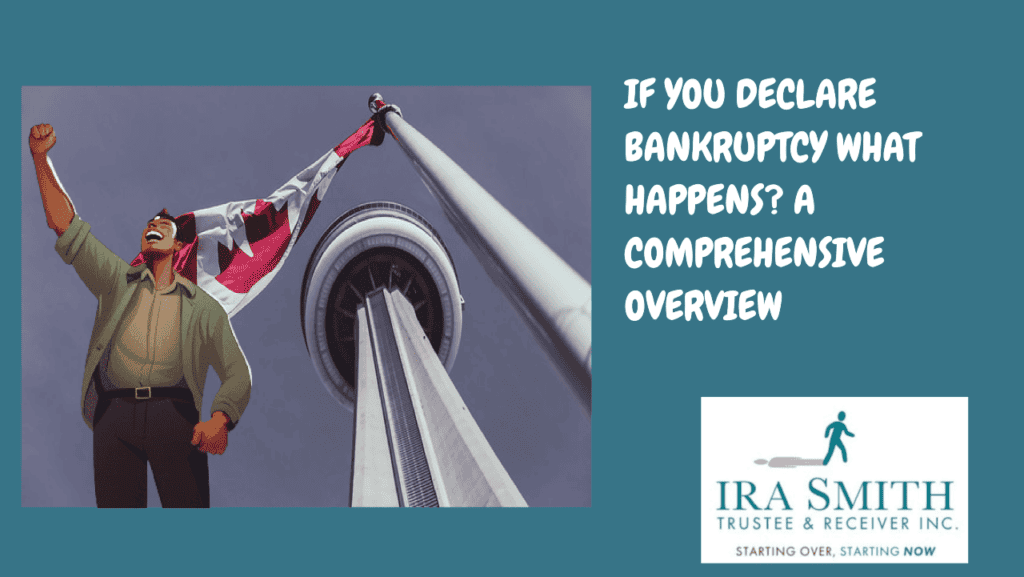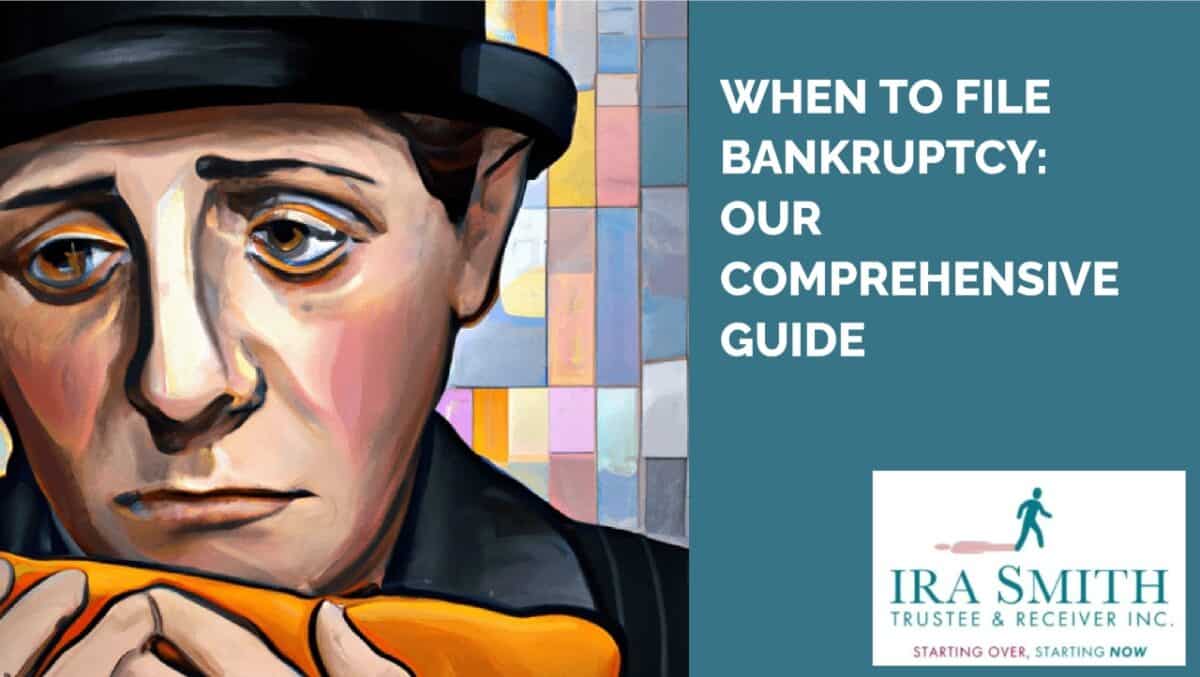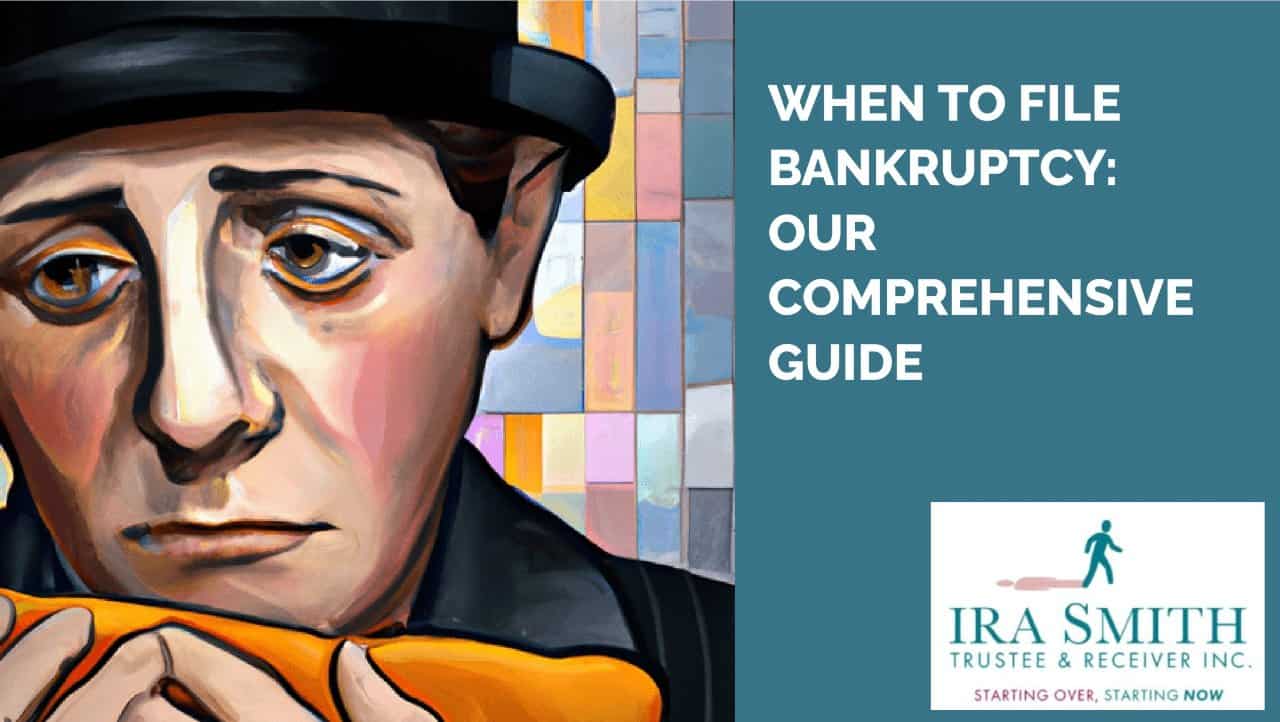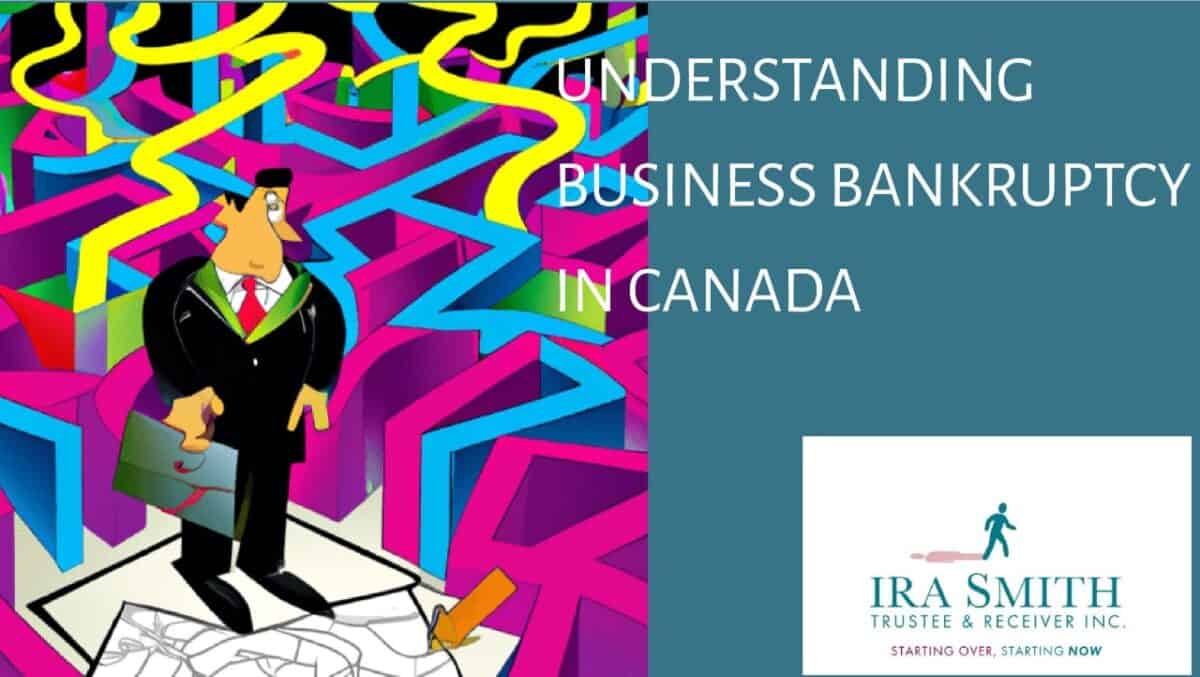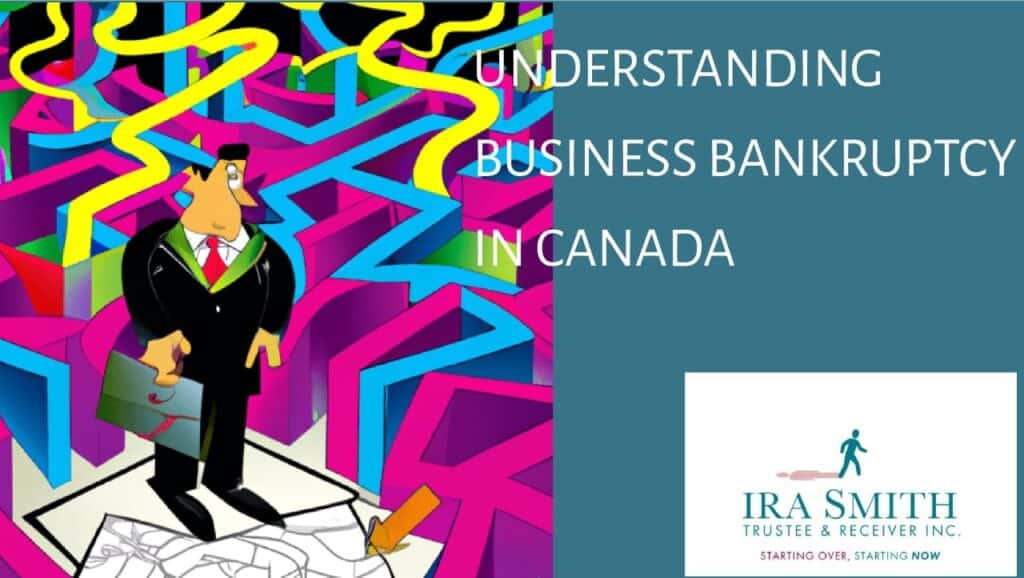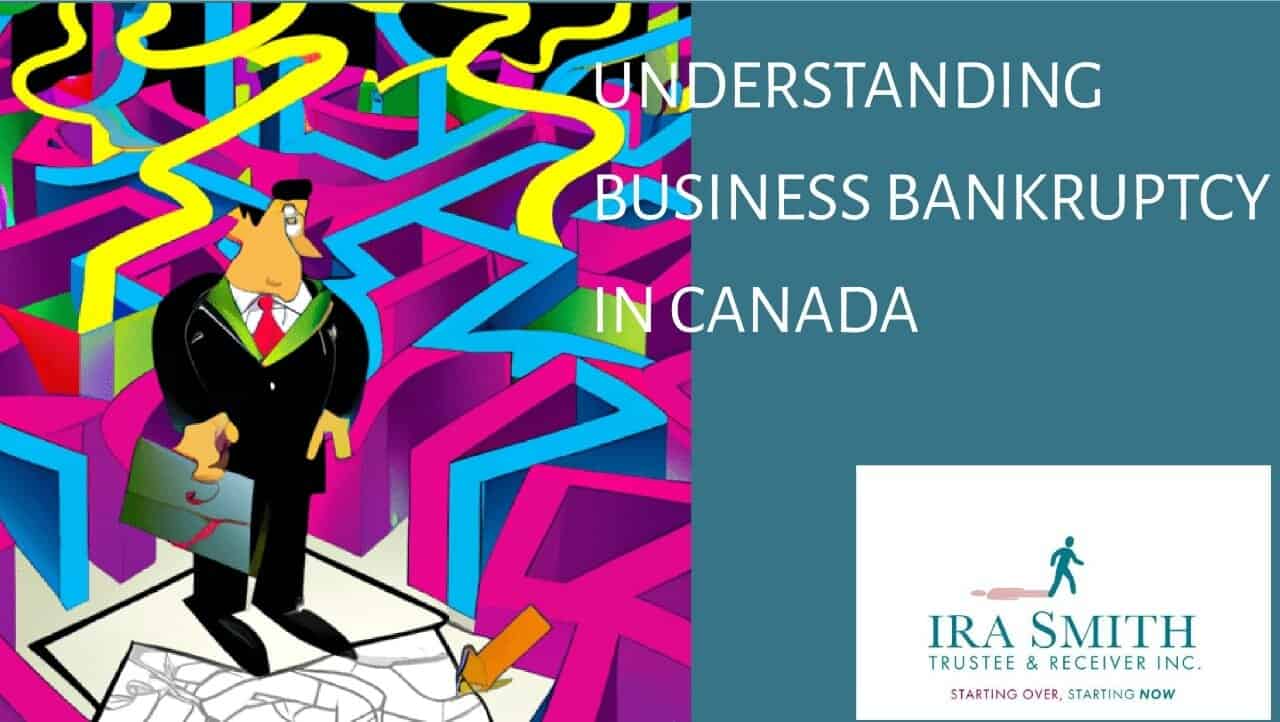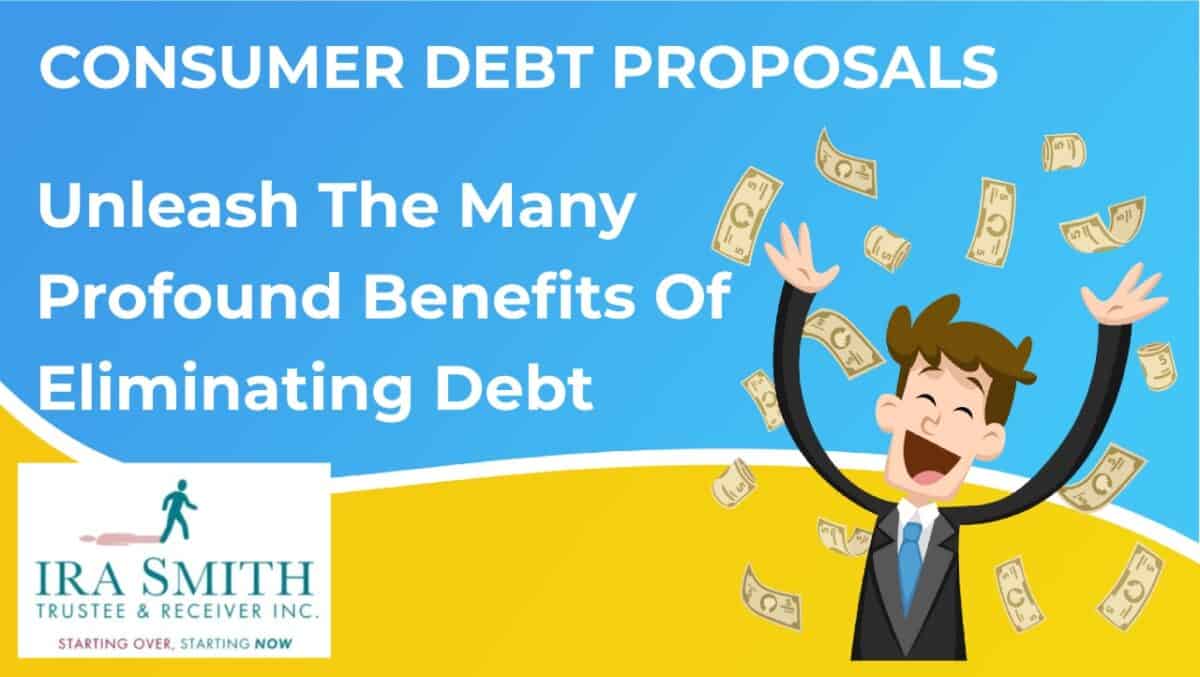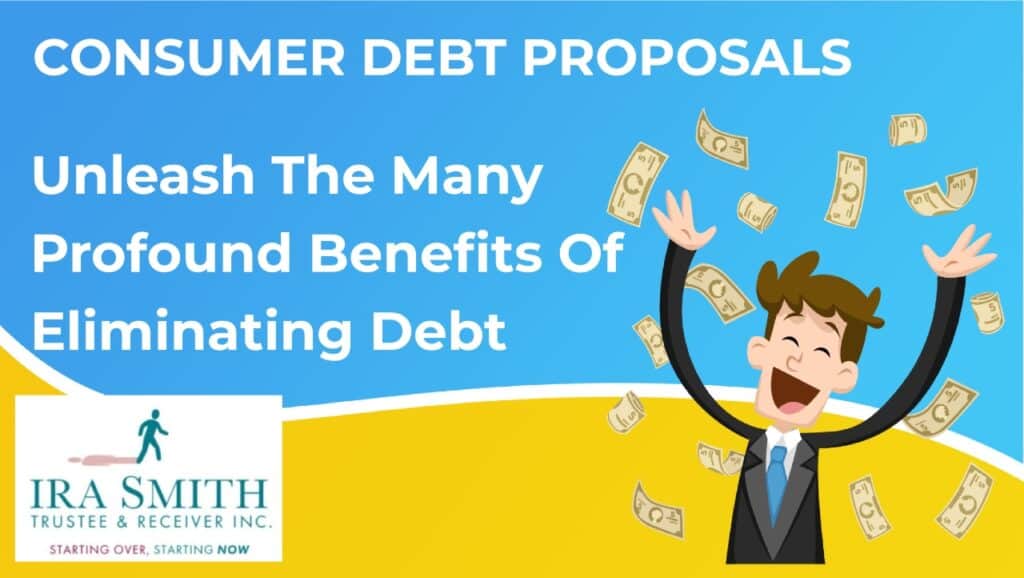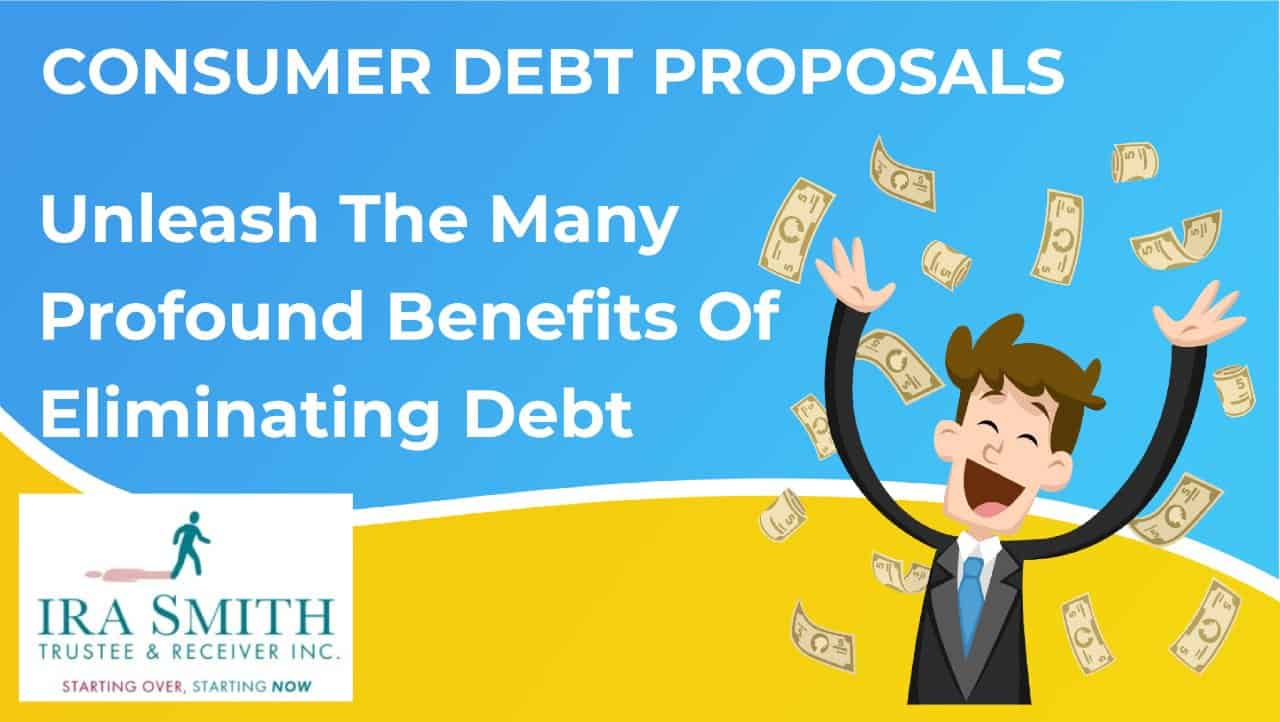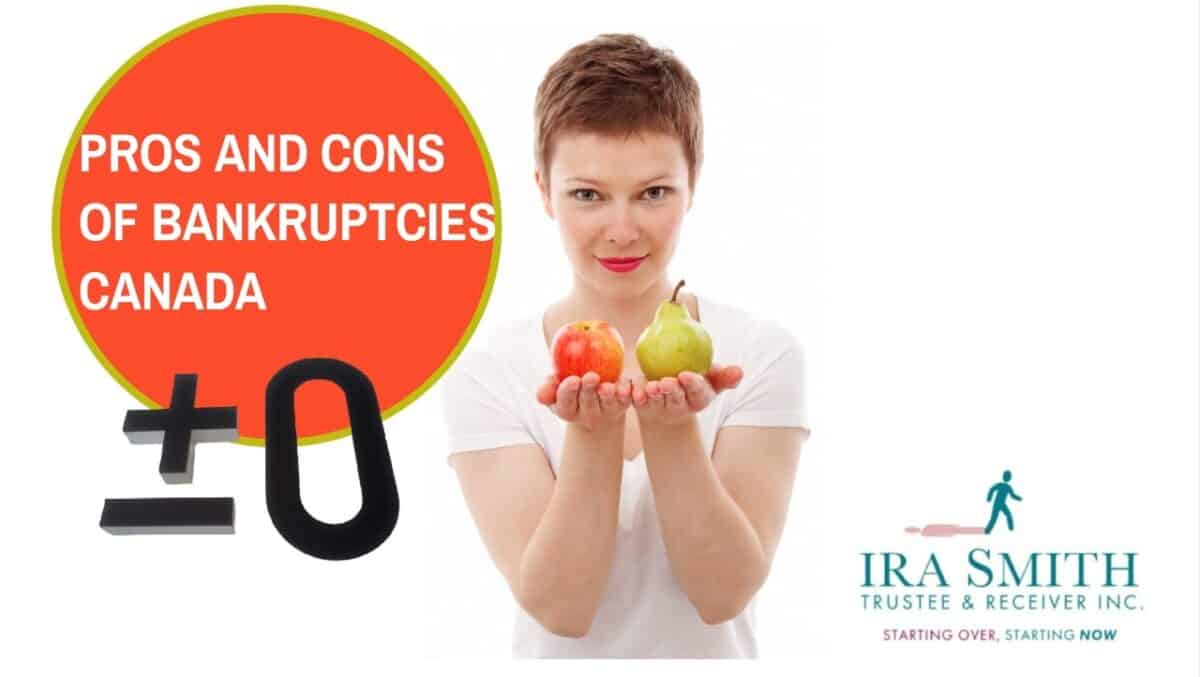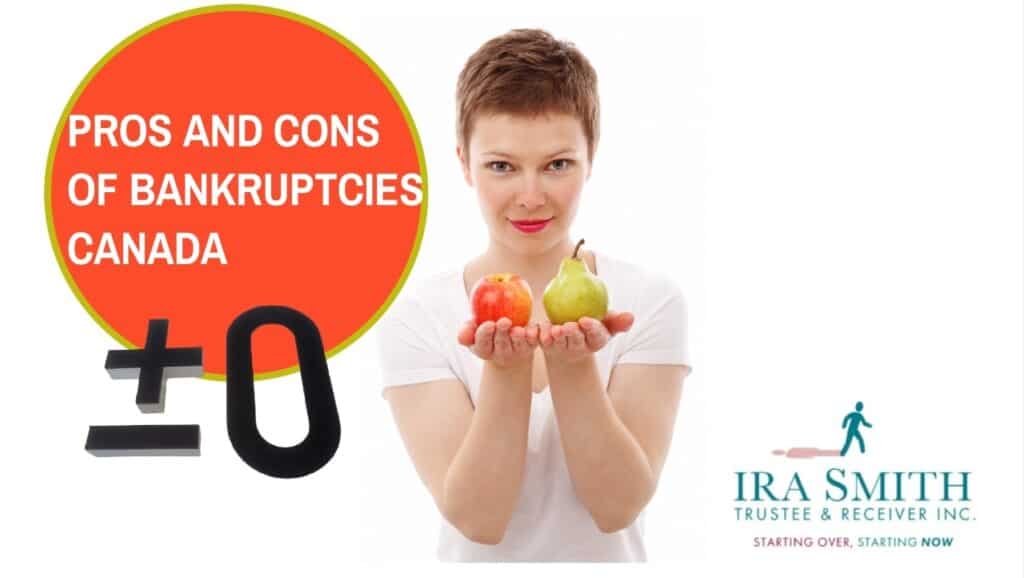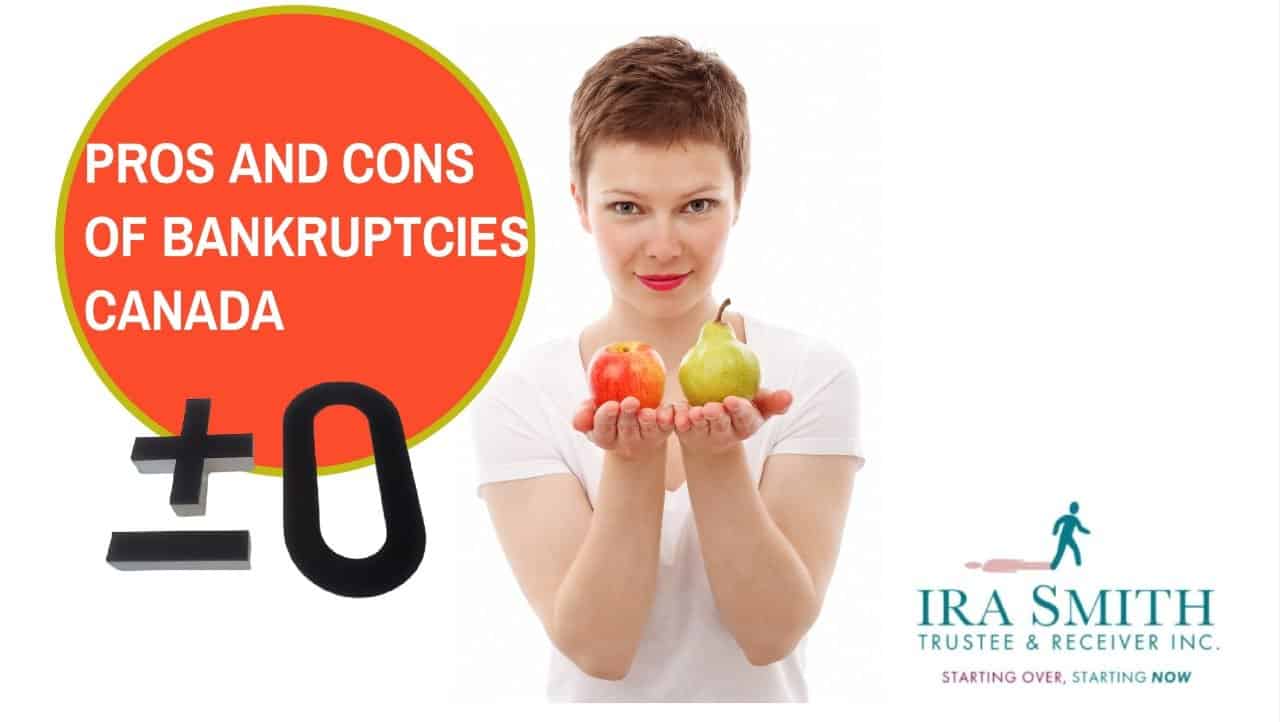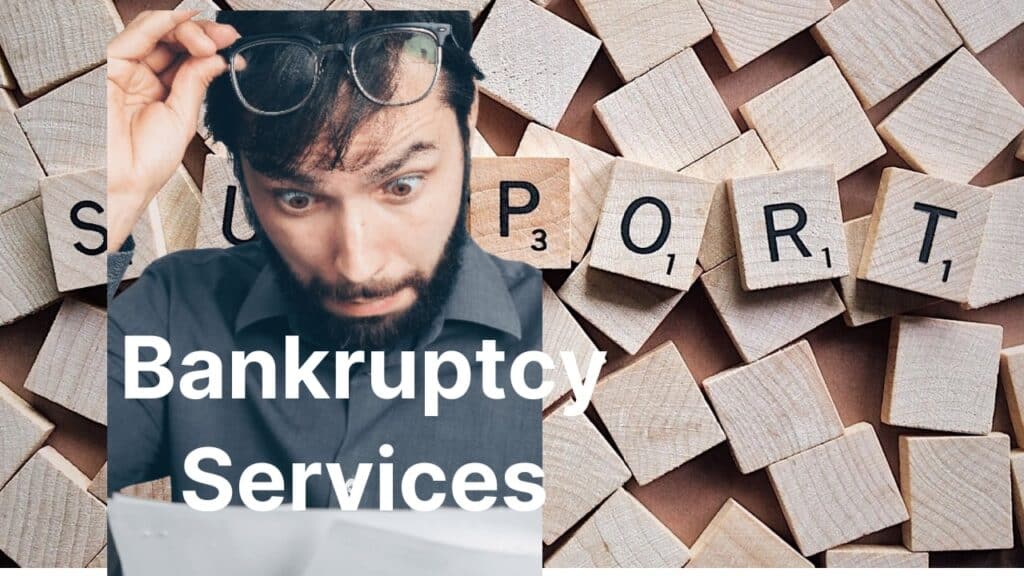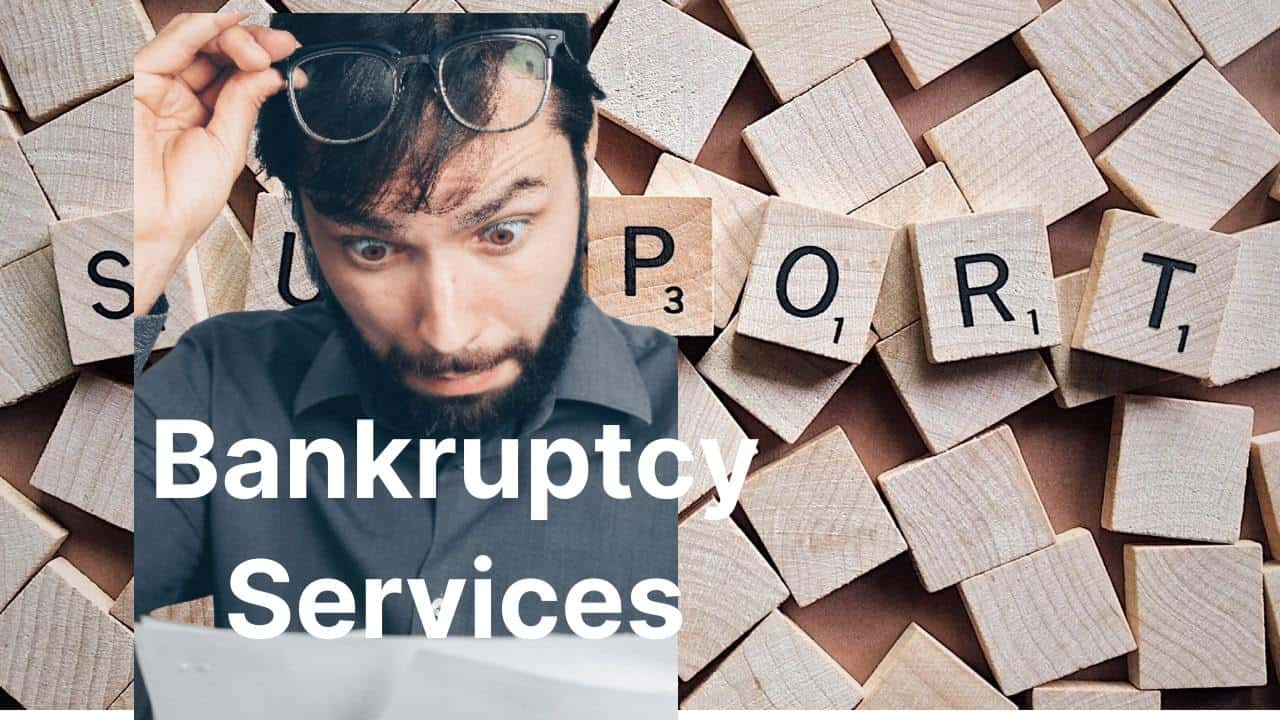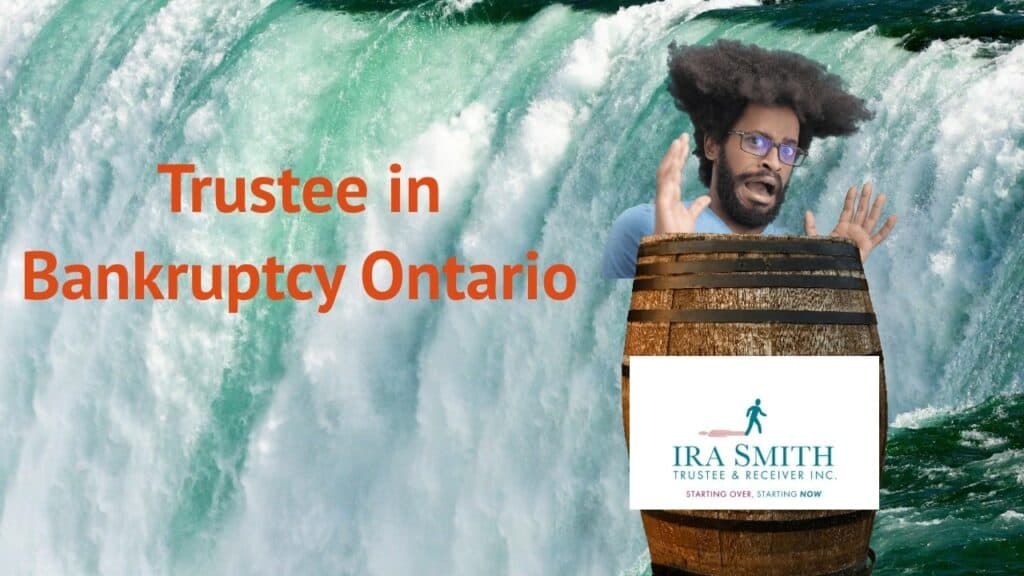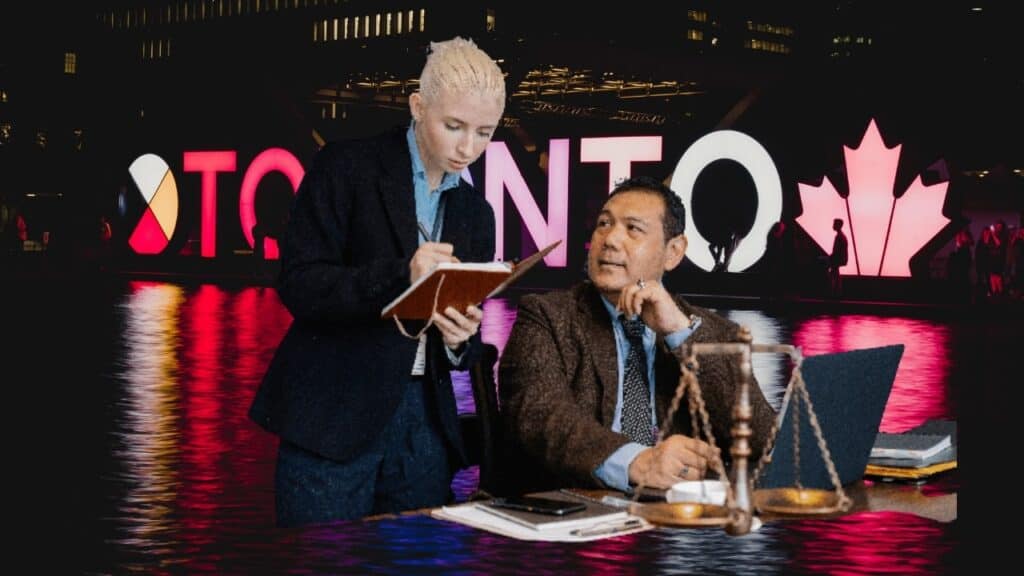if you file for bankruptcy what happens
If You File For Bankruptcy What Happens? Introduction
Imagine waking up one day, dreading opening your mail because every letter screams ‘DEBT.’ That is the reality for many people. I never dreamt I’d end up contemplating bankruptcy, but sometimes life takes unexpected turns. This Brandon’s Blog answers the question “if you file for bankruptcy what happens?“. It will unravel the complexities of the bankruptcy process in Canada and help those feeling overwhelmed with financial responsibilities to find clarity and hope.
If You File For Bankruptcy What Happens? What is Bankruptcy?
Bankruptcy proceedings
Bankruptcy is a legal process that allows individuals or businesses to declare that they cannot pay their debts. If you file for bankruptcy what happens? When you file for bankruptcy, you are officially recognized as both insolvent and bankrupt. This means that your total debts exceed the value of your assets. It’s a way to find relief from overwhelming financial burdens.
But why would someone choose bankruptcy? It offers a fresh start. As a financial expert once said,
“Bankruptcy is often seen as a last option, but it can be a new beginning for many.”
Key Terms to Know
- Insolvency: This is the financial state of being unable to pay your debts.
- Debtor: This refers to someone who owes money.
- Licensed Insolvency Trustee: A regulated professional who manages the bankruptcy process.
The Role of the Licensed Insolvency Trustee (LIT)
In Canada, the LIT plays a crucial role in the bankruptcy process. They are responsible for:
- Overseeing your case.
- Ensuring fairness between you and your creditors.
- Guiding you through the paperwork and legal requirements.
Without the LIT, the bankruptcy process cannot run. They help maintain a balanced approach, ensuring that both parties are treated fairly.
Individuals vs. Companies
If you file for bankruptcy what happens is different if you are an individual or a company. When it comes to filing for bankruptcy, there are different provisions for individuals and companies. Here’s a quick breakdown:
- Personal bankruptcy: They often seek bankruptcy to eliminate personal debts like credit cards and loans and to get a fresh start.
- Companies: They may file to reorganize their debts while continuing operations or they may file to stop operations and liquidate their assets.
Whether you are an individual or a business, the goal remains the same: to relieve financial pressure without losing essential assets.
The Purpose of Bankruptcy
If you file for bankruptcy what happens is that it serves as a legal mechanism for debt relief. It allows you to reset your financial situation. The process is designed to relieve the burden of debt while protecting your essential assets. This can include your car, or necessary personal belongings. Many people worry about losing everything, but Canadian law often allows you to keep what you need to live and work.
Ultimately, bankruptcy can be a complex journey, but understanding the basics is the first step. Knowing the key terms, the role of the LIT, and the differences in provisions for individuals and businesses can empower you to make informed decisions about your financial future.
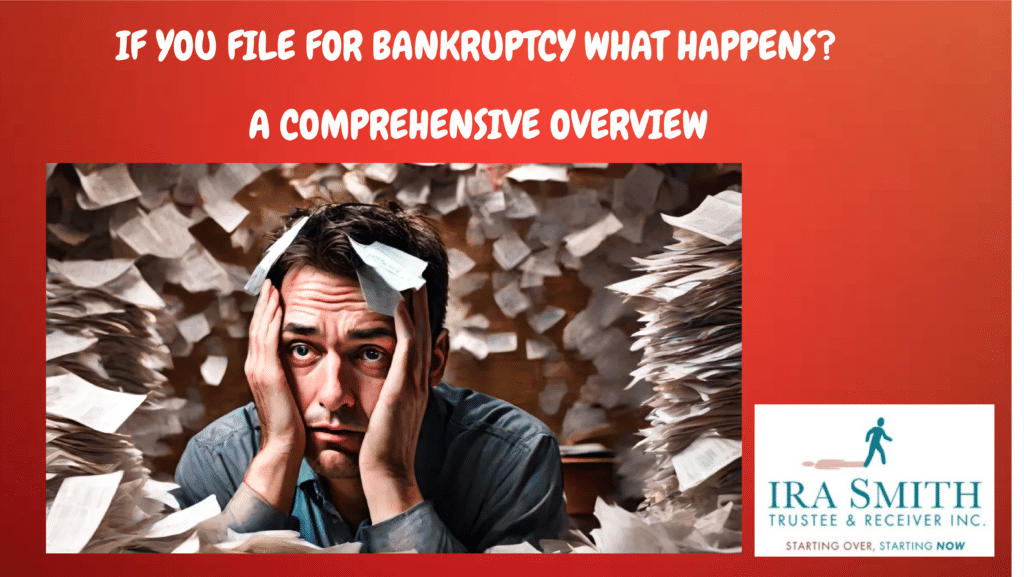
If You File For Bankruptcy What Happens? Qualification Criteria for Filing
Before considering if you file for bankruptcy what happens, it’s crucial to understand whether you meet the eligibility criteria in Canada. The process can seem daunting, but breaking it down makes it easier to comprehend. Let’s explore what you need to know.
Overview of the Eligibility Criteria in Canada
To qualify for bankruptcy in Canada, you need to meet certain conditions. Here’s a quick checklist:
- You must owe at least $1,000 in unsecured debt.
- You are unable to pay your debts as they come due.
- Your total debt exceeds the value of your assets.
- You must reside, conduct business, or have property in Canada.
It’s important to note that you don’t have to be a Canadian citizen to file. Permanent residents and even those living abroad with property in Canada can qualify.
Understanding Unsecured vs Secured Debts
If you file for bankruptcy what happens with the difference between unsecured and secured debts? Think of secured debts as loans backed by collateral. For example, your mortgage or car loan is secured by the house or vehicle itself. If you fail to pay, the lender can take the asset. On the other hand, unsecured debts, like credit card balances or medical bills, don’t have any collateral backing them. This means unsecured creditors have less power to reclaim their money than secured creditors.
The Implications of Having Unsecured Debt of at Least $1,000
Having a minimum of $1,000 in unsecured debt was significant when the Bankruptcy Act, being the predecessor of the Bankruptcy and Insolvency Act, was enacted in 1920. It’s not just a number; it’s a threshold that has not been updated. Why does it matter? Because in today’s terms it is a very inclusive number. If your unsecured debt is $1,000 or more, it opens the door to bankruptcy as a potential solution. So if you file for bankruptcy what happens is that nobody is excluded because they have too little debt as the threshold is very low.
Legal Considerations for Residents and Non-Residents of Canada
Whether you live in Canada or not, there are legal considerations to keep in mind. If you file for bankruptcy what happens is that residents can file for bankruptcy based on their financial situation. Non-residents must have assets in Canada to qualify. This means you can still file if you own property here, even if you live elsewhere. Understanding these nuances is essential.
“Understanding eligibility is the first step to regaining control of your finances.”
Eligibility for bankruptcy is rooted in your financial responsibilities and circumstances. Various types of debts will affect your eligibility to file for bankruptcy. Therefore, it’s crucial to assess your situation carefully. Are you overwhelmed with debt? Can you see a path to repayment? These questions can help guide your decision.
In summary, knowing the eligibility criteria is vital. It’s the first step towards understanding your financial options. Whether you’re a resident or a non-resident, knowing where you stand can empower you to make informed choices.
If You File For Bankruptcy What Happens? Navigating the Bankruptcy Process Step-by-Step
1. Finding a LIT
When you’re facing overwhelming debt, the first step is to find a LIT. This professional is essential in guiding you through the bankruptcy process. The Canadian government offers resources to help you locate an LIT in your area. Don’t forget to check online reviews. They can provide insights into the experiences of others. Choose wisely; this person will be your guide.
2. Necessary Documentation and Financial Paperwork
Next, you’ll need to gather your financial paperwork. This step is crucial. Your LIT will require specific documents to assess your situation. Here’s a quick list of what you might need:
- Tax forms
- Recent pay stubs
- Proof of income and expenses
- Details of your debts and assets
Documentation requirements are stringent and can vary by individual case. So, be prepared to provide a comprehensive view of your finances.
3. The Meeting Process with Your LIT
After gathering your documents, it’s time to meet with your LIT. This meeting is an opportunity for them to review your financial situation in detail. They will explain the bankruptcy process, including:
- Costs involved
- Payment schedules
- Assets that may be exempt from seizure
- Your responsibilities throughout the process
Don’t hesitate to ask questions. Understanding the process is vital. Remember, your LIT is there to help you. As one LIT professional stated,
“Filing for bankruptcy can feel daunting, but with the right guidance, it can be manageable.”
4. Understanding the Filing Process and the Automatic Stay
Once you’ve met with your LIT and decided to proceed, if you file for bankruptcy what happens is that the LIT will file the necessary paperwork. This action triggers an automatic stay. What does this mean for you? It provides immediate relief from creditors. Collection calls and letters will cease. Wage garnishments will halt. Legal proceedings against you are suspended. This is a significant relief during such a stressful time.
If you file for bankruptcy what happens is that you’ll have responsibilities to fulfill. You must attend two mandatory financial counselling sessions. These sessions will equip you with essential money management skills. You’ll also need to file regular reports on your income and expenses to keep your LIT informed.
In summary, navigating the bankruptcy process involves several key steps. From finding a trusted LIT to understanding your responsibilities, each phase is crucial. Your LIT will guide you through the filing process and help manage the expectations after filing. By taking these steps, you are on your way to regaining control over your financial future.

If You File For Bankruptcy What Happens? How Does The Aftermath of Bankruptcy Affect Your Finances?
If you file for bankruptcy what happens is that it can feel like a daunting decision. You might wonder, “What happens to my assets after I file?” or “How will this affect my credit score?” Understanding these aspects can help you navigate this challenging time.
What Happens to Your Personal Assets Post-Filing
If you file for bankruptcy what happens is that your assets undergo a significant evaluation. The LIT will assess your financial situation and determine which assets can be kept and which might be sold to repay creditors.
- Exempt Assets: These are items you can keep, such as:
- Your personal belongings, like clothing and household items.
- One vehicle, provided its value is below the provincial exemption limit. In Ontario, there is a $7,117 exemption threshold for automobiles in insolvency proceedings. If yoru vehicle is worth that amount or less, you are entitled to retain ownership. If your vehicle is valued above this threshold, you can still keep it by your or a family member paying the LIT for the excess amount (your equity).
- Your Registered Retirement Savings Plan (RRSP), except for contributions made in the last 12 months.
- Your home, as long as you can maintain mortgage payments, works in a similar way to a vehicle. In Ontario, the debtor’s principal residence is exempt from seizure if the debtor’s equity does not exceed $10,783. If the bankrupt’s equity in the home is more than this, a family member can pay the equity to the LIT and the home will not be sold. Otherwise, it is more than likely that the home will be sold to realize the bankrupt’s equity in the home for the general benefit of the unsecured credtiors.
- Non-Exempt Assets: Nonexempt assets may be sold to pay creditors. Such asset sales include:
- Valuable items or collectibles.
- Investments or a second vehicle.
Many people worry if you file for bankruptcy what happens is that you are losing everything. The good news is that Canadian bankruptcy law protects many essential belongings. This protection can reduce your fears of losing everything.
Effects on Credit Score and Financial Impact
One of the most immediate effects if you file for bankruptcy what happens is that your bankruptcy is on your credit score. It can drop significantly. You might ask, “How long does this impact last?” Well, a bankruptcy will stay on your credit report for 6-7 years for a first filing.
But don’t lose hope! Your credit score can be rebuilt over time, despite the initial impacts. As a banking expert puts it,
“Credit recovery may take time, but with discipline, it’s entirely possible.”
To start rebuilding your credit:
- Consider getting a secured credit card. This requires a cash deposit but helps establish a positive payment history.
- Practice responsible credit use. Timely payments are crucial.
- Monitor your credit report regularly for errors.
The Importance of Surplus Income Payments
Another critical aspect of bankruptcy is surplus income payments. If your income exceeds a certain threshold, you must make these payments during your bankruptcy period. You might wonder, “Why is this important?”
Surplus income payments help ensure that you contribute to repaying your creditors while still allowing you to keep essential assets. Only 50% of your additional earnings above the threshold will go towards these payments. Understanding this can help you plan your finances better.
In summary, while bankruptcy can significantly impact your finances, it also offers a path to recovery. By knowing what to expect, you can take proactive steps to rebuild your financial future.
If You File For Bankruptcy What Happens? Alternatives to Bankruptcy – Bankruptcy Should Not Be Your First Option
When faced with overwhelming debt, the thought of bankruptcy can loom large. But is it really your only option? The answer is often no. Understanding the alternatives available to you can lead to better outcomes and less stress.
Understanding Consumer Proposals and Debt Management Plans
Let’s start with consumer proposals. A consumer proposal is a formal agreement between you and your creditors. You propose to pay back a portion of your debt over a set period, usually up to five years. This option is less damaging to your credit score compared to bankruptcy. In fact, it can help you rebuild your credit more quickly.
On the other hand, a debt management plan (DMP) involves working with a credit counsellor from a non-profit credit counselling agency. They help you create a plan to repay your debts over time. This can also have a less severe impact on your credit score. Both options allow you to manage your debts without the drastic step of declaring bankruptcy.
The Role of Debt Consolidation Loans
Debt consolidation loans can also be a viable alternative. If you qualify for a loan with a lower interest rate, you can consolidate multiple debts into a single monthly payment. This not only simplifies your finances but can also save you money on interest in the long run. Imagine paying one bill instead of several—it can feel like a weight lifted off your shoulders.
Potential Advantages of These Alternatives
Choosing alternatives to bankruptcy comes with several advantages:
- Less Impact on Credit: Both consumer proposals and DMPs generally have a less severe effect on your credit score than bankruptcy.
- Retain Assets: You may be able to keep your assets, such as your home or vehicle, depending on the option you choose.
- Structured Repayment: These alternatives offer a clear repayment plan, which can help you regain control of your finances.
When to Consult with a LIT for Alternative Solutions
It’s crucial to consult with a LIT when considering your options. An LIT can provide insights tailored to your specific situation. They can help you understand the implications of each option, including potential effects on your credit score and assets. As a debt specialist once said,
“Sometimes the hardest part is recognizing that bankruptcy isn’t your only option.”
Don’t hesitate to reach out for professional guidance. We can help you navigate the complexities of debt relief and find the best solution for your financial challenges.

If You File For Bankruptcy What Happens? Frequently Asked Questions (FAQs)
1. How do I file for bankruptcy?
- Contact a LIT: You can find an LIT using the government’s online tool. Research potential trustees to find one with positive reviews and experience.
- Gather necessary documentation: Your LIT will need financial documents such as tax forms, pay stubs, proof of income, and expense records.
- Complete required bankruptcy forms: Your LIT will guide you through the paperwork and file the necessary documents with the Office of the Superintendent of Bankruptcy (OSB).
- Attend a meeting of creditors (if required): In some cases, creditors may request a meeting to discuss your bankruptcy filing. Your LIT will be present to ensure fairness.
- Fulfill your responsibilities: You must attend two financial counselling sessions, file regular income and expense reports, and cooperate with your LIT throughout the process.
2. What debts are eliminated by bankruptcy?
Bankruptcy eliminates most unsecured debts, including:
- Credit card balances
- Unsecured bank loans and lines of credit
- Payday loans
- Outstanding bill payments
- Tax debts
- Student loans (if you’ve been out of school for seven years or more)
3. What debts are not eliminated by bankruptcy?
Certain debts cannot be discharged through bankruptcy:
- Spousal and child support payments
- any award of damages by a court in civil proceedings in respect of: (i) bodily harm intentionally inflicted, or sexual assault, or (ii) wrongful death resulting therefrom
- Debts arising from fraud
- Court-imposed fines or penalties
- Student loans (if you’ve been out of school for less than seven years)
- Secured debts (unless you surrender the secured asset)
4. What happens to my assets in bankruptcy?
Provincial and federal laws protect certain assets from seizure in bankruptcy. Generally, you can keep:
- Necessary clothing and personal items
- Household furniture and appliances up to a certain value
- Tools needed for your work
- A vehicle up to a specific value
- RRSPs, except for contributions made in the 12 months before bankruptcy
Non-exempt assets may be sold to repay creditors. You can discuss your specific situation with your LIT.
5. How long does bankruptcy affect my credit score?
Bankruptcy will significantly lower your credit score. It will remain on your credit report for six years after a first-time bankruptcy and 14 years for subsequent bankruptcies. However, you can start rebuilding your credit during and after bankruptcy.
6. How much does bankruptcy cost?
The base cost for a first-time bankruptcy is $2,400, covering administrative costs, government fees, and LIT fees. Additional costs may apply, such as surplus income payments (if your income exceeds a certain threshold) and asset sale or equity costs.
7. What are the alternatives to bankruptcy?
Before filing for bankruptcy, consider alternatives:
- Consumer proposal: A formal agreement with creditors to repay a portion of your debt over a specific period.
- Debt management plan: A plan created with a credit counsellor to repay your debts in full.
- Debt consolidation loan: Combining multiple debts into a single loan with a lower interest rate.
Your LIT can help you determine the best course of action based on your financial situation.
If You File For Bankruptcy What Happens? Conclusion – Making Informed Decisions
Bankruptcy should be viewed as a last resort. While it can provide relief from overwhelming debt, it comes with long-term consequences that can affect your financial future. By exploring alternatives like consumer proposals, debt management plans, and debt consolidation loans, you may find a more suitable path to financial recovery.
Remember, seeking professional advice from an LIT is vital. They can assess your situation and guide you through the options available. Take a proactive approach to your finances. With the right information and support, you can achieve long-term stability and peace of mind.
I hope you enjoyed this if you file for bankruptcy what happens Brandon’s Blog. Do you or your company have too much debt? Are you or your company in need of financial restructuring? The financial restructuring process is complex. The Ira Smith Team understands how to do a complex restructuring. However, more importantly, we understand the needs of the entrepreneur or someone with too much personal debt.
You are worried because you are facing significant financial challenges. It is not your fault that you are in this situation. You have been only shown the old ways that do not work anymore. The Ira Smith Team uses new modern ways to get you out of your debt troubles while avoiding the bankruptcy process. We can get you debt relief freedom using processes that are a bankruptcy alternative.
The stress placed upon you is huge. We understand your pain points. We look at your entire situation and devise a strategy that is as unique as you and your problems; financial and emotional. The way we take the load off of your shoulders and devise a plan, we know that we can help you.
We know that people facing financial problems need a realistic lifeline. There is no “one solution fits all” approach with the Ira Smith Team.
That is why we can develop a restructuring process as unique as the financial problems and pain you are facing. If any of this sounds familiar to you and you are serious about finding a solution, contact the Ira Smith Trustee & Receiver Inc. team today.
Call us now for a free consultation. We will get you or your company back on the road to healthy stress-free operations and recover from the pain points in your life, Starting Over, Starting Now.
The information provided in this Brandon’s Blog is intended for educational purposes only. It is not intended to constitute legal, financial, or professional advice. Readers are encouraged to seek professional advice regarding their specific situations. The content of this Brandon’s Blog should not be relied upon as a substitute for professional guidance or consultation. The author, Ira Smith Trustee & Receiver Inc. as well as any contributors to this Brandon’s Blog, do not assume any liability for any loss or damage
